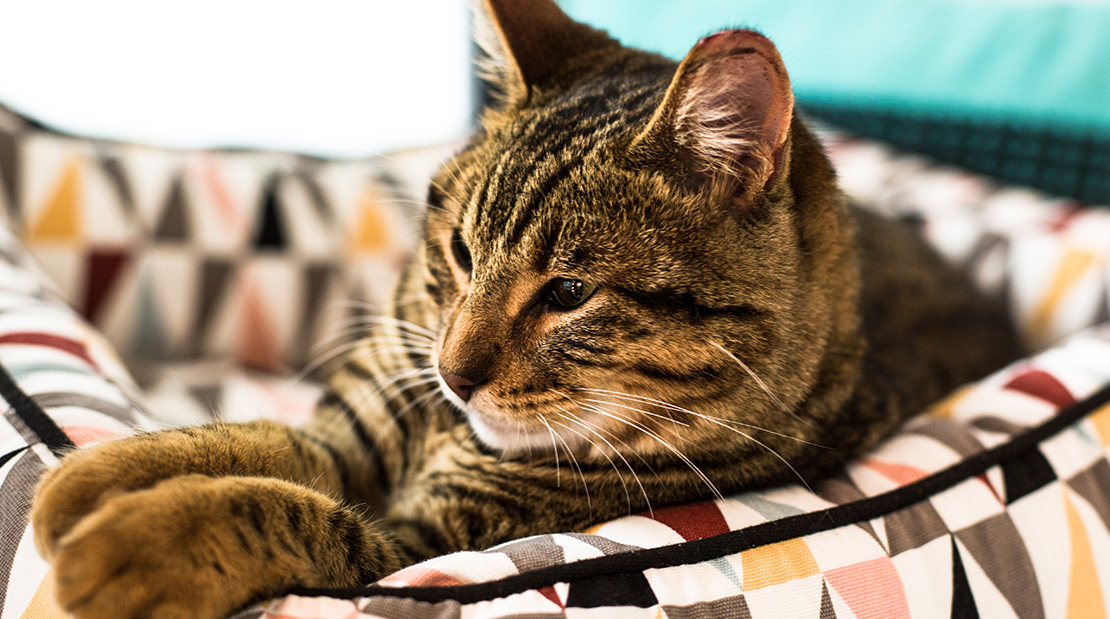
Kidney Health 101: What Cat Owners Should Know About Chronic Renal Failure
For feline-loving families, it’s important to be aware of health issues that may arise for cats in their senior years. One condition we unfortunately diagnose in aging kitties is chronic renal failure (CRF). The good news is that while CRF can’t be cured, there are actions cat owners and veterinarians can take to slow down the progression and keep our cat companions comfortable – often for years after the initial diagnosis.
Here is an overview of chronic renal failure specifically for cat owners – what causes it, what signs to watch for, and how we can support our feline friends through treatment. Understanding what having CRF means for your cat can be scary, but it helps to have the basics of what to expect. We want to empower cat parents with the knowledge to best care for their cats if they ever receive the difficult news of kidney disease or failure.
Why are Kidneys so Important?
Let’s start with the kidneys themselves.
When we talk about renal disorders or disease, we’re talking about the kidneys. These bean-shaped organs act as powerful filters for the bloodstream, removing waste and toxins while keeping in nutrients and compounds the body needs. The kidneys also play a crucial role in the production of erythropoietin, triggering bone marrow to make red blood cells.
Over time though, chronic diseases, genetics, diet, and other factors can cause irreversible damage to this delicate filtering system. As more and more nephrons (the kidney’s filtering units) die off, the remaining ones struggle to pick up the slack.
Signs of Chronic Renal Failure
In the early stages, our feline friends are often able to cope quite well. But over months or years, waste builds up in the body, blood pressure goes haywire, and the poor kidneys just can’t compensate any longer. At this point, kidney disease develops and the renal system begins to fail.
Some subtle early signs in kitties are:
– Increased thirst/urination
– Weight loss from poor nutrient absorption
– Loss of appetite
In later stages, we see more severe symptoms emerge like:
– Extreme lethargy/fatigue
– Bad breath from oral ulcers
– Anemia (pale gums) from toxin buildup
– Inappropriate urination, peeing outside of a litter box
If you notice any puzzling or persistent changes in your pet like this, please see your vet right away for blood and urine testing. Catching chronic kidney disease early makes a huge difference in being able to slow the progression.
We can’t stress enough how important maintaining annual exams are to early detection and treatment is for renal disease. With cats specifically, the urinalysis and blood work during annual exams helps your vet keep a close eye on any alarming changes to your cat’s kidneys.
Managing Chronic Renal Failure
Once a cat is diagnosed with chronic kidney disease, the treatment plan will typically include:
– Regular fluid therapy to flush toxins and balance electrolyte levels
Medications to:
– Control high blood pressure
– Reduce acid buildup
– Ease digestive issues
– Boost red blood cell production and prevent anemia – Kidney-friendly diets to provide balanced nutritional support
Although chronic renal failure can’t be reversed once the kidneys are damaged, the right care makes a world of difference in slowing down further decline. With dedicated cat parents and tailored treatment, cats often maintain a good quality of life after diagnosis by:
– Getting regular vet check-ups to monitor lab work and adjust medications
– Sticking to the recommended treatment plan for different therapies, medications, and diets
– Showering them with love, patience, and compassion through the ups and downs
For cats with chronic kidney disease, mitigating the symptoms, keeping them as comfortable as possible, and not giving up hope are key. Monitoring their health with your vet and providing treatment and TLC at home can help your cat continue to thrive, even with renal complications.

